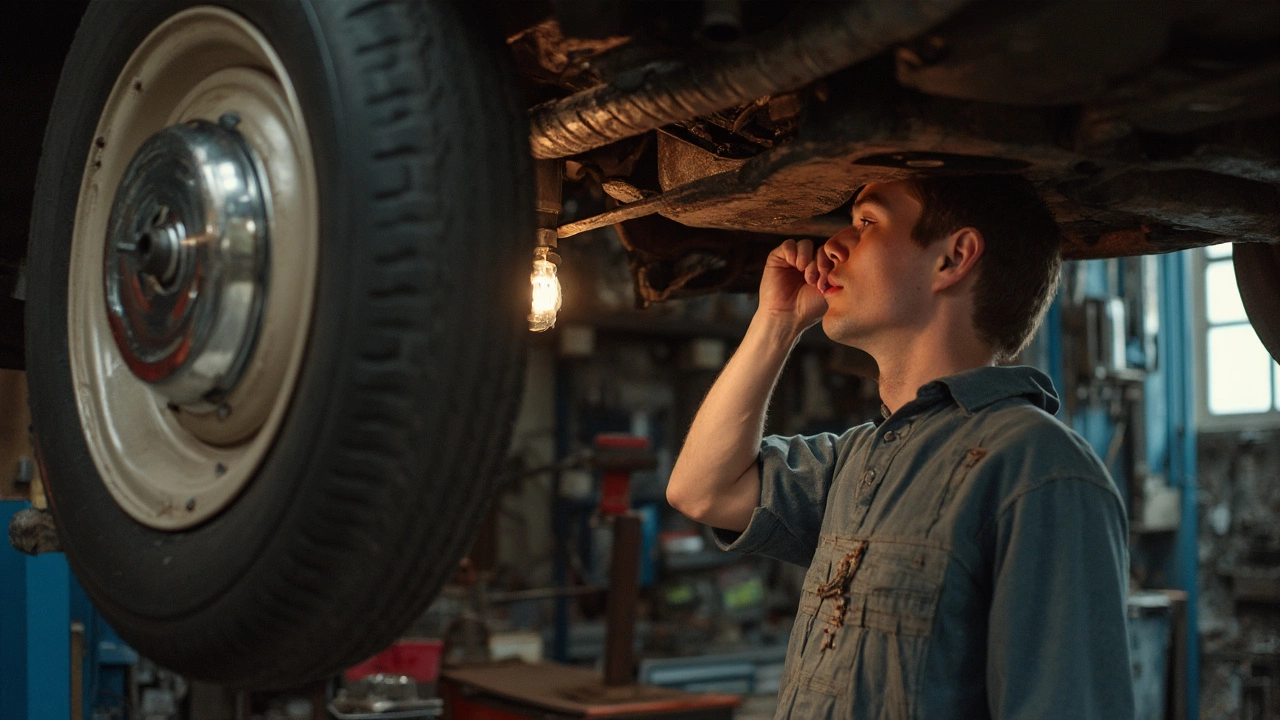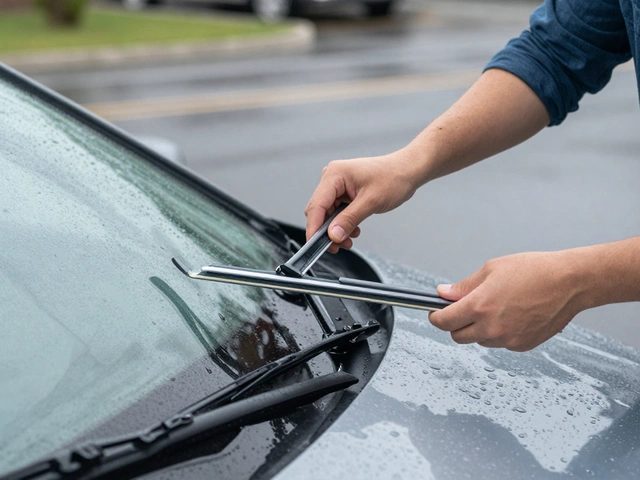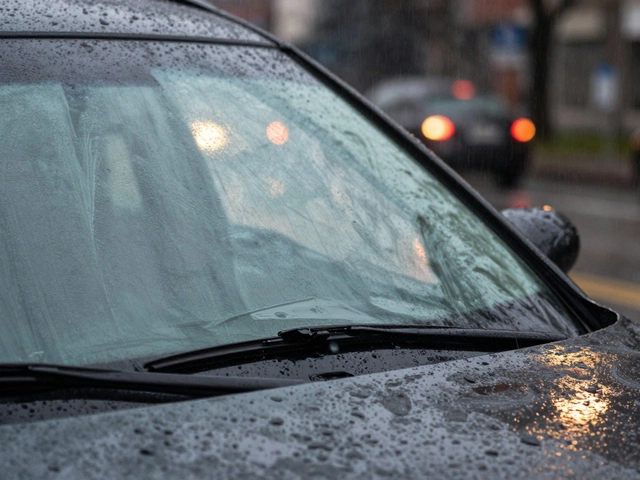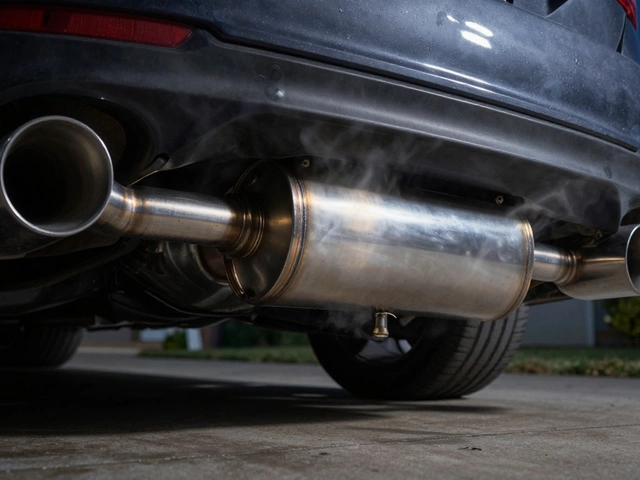Flywheel Problems? Signs, Causes, and What to Do Next
When your car hesitates to shift, makes grinding noises, or feels like it’s slipping even with a new clutch, the problem might not be the clutch at all—it could be the flywheel, a heavy metal disc that connects your engine to the transmission and smooths out power delivery. Also known as a crankshaft flywheel, it’s the unsung hero that keeps your engine running steady and lets your clutch engage cleanly.
A worn or cracked flywheel doesn’t just make your car feel weird—it directly kills clutch life. If your clutch kit keeps failing after replacement, chances are the flywheel was never checked. A warped surface from overheating, deep grooves from worn friction material, or even cracked teeth around the starter ring gear can all ruin a brand-new clutch in weeks. And if you’ve ever heard a loud clunk when starting your car, that’s often the starter gear grinding against a damaged flywheel ring gear. This isn’t just a repair—it’s a system issue. The flywheel works with your clutch, pressure plate, and starter motor. Fix one without checking the others, and you’re just setting yourself up for another bill soon.
It’s not always obvious. Unlike a leaky radiator or a dead battery, a bad flywheel doesn’t throw a check engine light. You feel it. The car jerks when you let out the clutch. It vibrates at idle. The pedal feels spongy or sticks. These aren’t just "clutch symptoms"—they’re red flags pointing to the flywheel. And if you drive a manual car with high mileage or one that’s been tuned for more power, you’re even more at risk. High torque puts extra stress on the flywheel, and performance mods can push it past its limits faster than you think.
Some people try to resurface a flywheel to save money, but that only works if it’s thick enough. Many modern flywheels are too thin to safely grind down. If your mechanic says it can be resurfaced, ask for the thickness measurement. If it’s near the minimum, just replace it. A dual-mass flywheel (common in diesel cars) is even trickier—it’s designed to absorb vibrations, and once it fails, it can’t be fixed. You need a full replacement. And don’t ignore the starter ring gear. If the teeth are chewed up, the starter won’t engage. That’s a flywheel problem too.
There’s no magic number for when a flywheel fails—it depends on driving style, engine torque, and how often you ride the clutch. But if you’ve replaced your clutch twice in five years, or your car suddenly feels rough when you take off from a stop, it’s time to look under the hood. Don’t keep throwing parts at the problem. The flywheel is the foundation. Get it right, and your clutch will last. Skip it, and you’re just paying twice.
Below, you’ll find real-world guides on clutch symptoms, clutch kit replacements, and how to spot hidden issues before they cost you more. These aren’t theory pieces—they’re what mechanics and drivers in Stevenage actually use to fix these problems right the first time.





